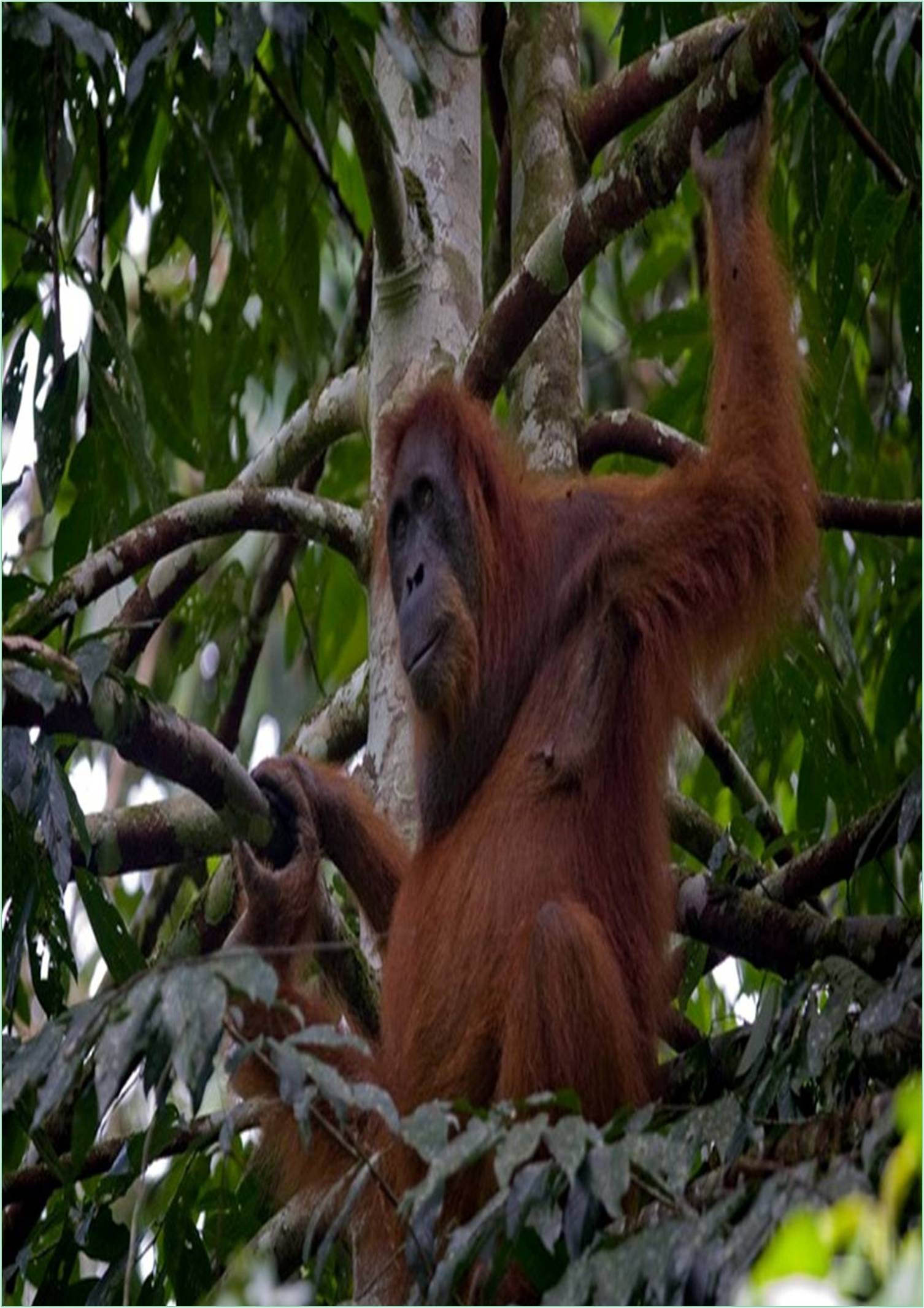



Received: 10-Aug-2022, Manuscript No. JBCR-22-74600; Editor assigned: 15-Aug-2022, Pre QC No. JBCR-22-74600 (PQ); Reviewed: 01-Sep-2022, QC No. JBCR-22-74600; Revised: 08-Sep-2022, Manuscript No. JBCR-22-74600 (R); Published: 16-Sep-2022, DOI: 10.15651/JBCR.22.1.014
Over the last 12,000 years, humans have faced a variety of climatic challenges, which have resulted in a wide range of technological, economic, and cultural responses or societal collapse. Ancient droughts appear to have coincided with the decline of inland occupations and population movements to resource rich coastal areas in south eastern Arabia, with transformative societal effects. Climate change is one of the most complicated issues we face today. It has many dimensions, including science, economics, society, politics, and ethical concerns. Carbon dioxide, the heat trapping greenhouse gas that is the primary cause of recent global warming, has been found to linger in the atmosphere for thousands of years, and the planet (particularly the ocean) takes time to respond to warming.
The consequences of human caused climate change for biodiversity cannot be ignored. The rate of global warming is accelerating, and regardless of mitigation policies implemented, the climate system will likely take centuries to stabilize. Climate change is no longer considered a "future threat" due to the abundance of greenhouse gases in our atmosphere. The outpouring of concern about what climate change means for biodiversity has resulted in an unprecedented increase in research into both the impacts and, in some cases, potential solutions. The number of articles published in peer-reviewed conservation journals has increased by 20% per year on average over the last decade.
This expansion is both astounding and commendable, demonstrating how serious the conservation science community is about addressing the threat posed by human-caused climate change. Human mobility as a result of climate change is frequently portrayed as a major impact of human-caused climate change. However, causal, quantitative evidence on this link is limited and hampered by disciplinary barriers. One reason for this is that existing case studies lack insights from climate science methods and pay little attention to contextual factors in climate mobility. Current empirical evidence on weather and climate-related impacts and human mobility in East Africa, an alleged hotspot of climate change, is combined with statistical approaches from topic modelling in an innovative dual-method framework.
Although climate change is referred to as a tipping point for human mobility both implicitly and explicitly, studies imply a causal link between human mobility and climate change while under or misrepresenting evidence in climate science. With a novel and more ambitious form of synthesis, a map of evidence allows studies to be matched with human mobility types and contextual factors influencing such mobilities in a changing climate, carving out the multi-causal nature of human mobility. There are examples from other parts of the world of how climate and mobility data can be assessed together, using econometric methods to quantify the likelihood of climate change impacts outmigration as a result of disasters in multiple regions or even to investigate the climate-conflict-migration.
Descriptive statistical methods enable quantification of the relationship between past extreme weather events and human mobility. The second step, however, is missing across all studies and world regions: determining whether and what extent anthropogenic climate change was a driver of the extreme. One promising approach could be to combine statistical methods for linking weather and climate-related events, as well as human mobility, with Extreme Event Attribution (EEA). The EEA includes methodologies for determining whether and how much anthropogenic climate change has contributed to the intensity and frequency of extreme events. With intense occasion attribution and econometric techniques in hand, the following decade is in all likelihood to deliver new insights and similarly modifications to their knowledge on complicated causalities and paradigms of human mobility.